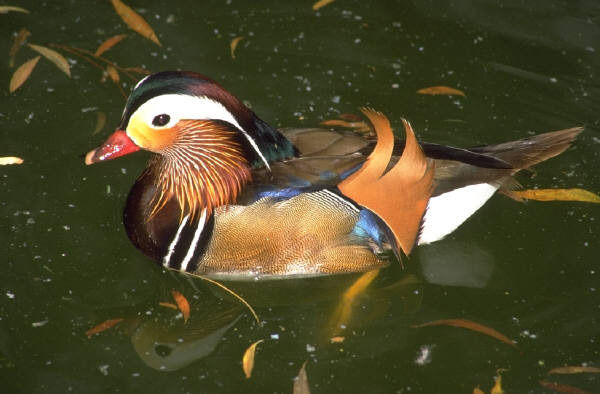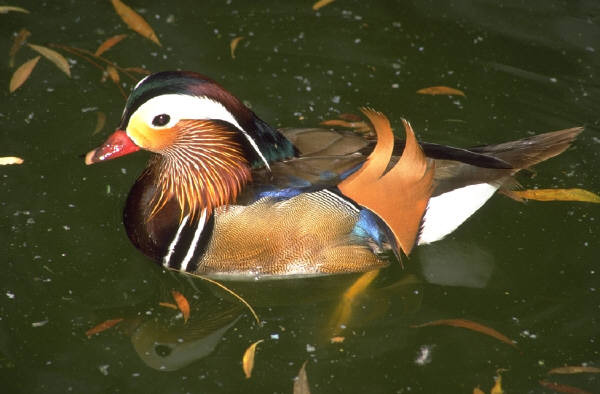 How about some positive news on the waterfowl front. Here are some highlights from the 2009 Waterfowl Survey covering the north-central United States, south-central and northern Canada, and Alaska:
How about some positive news on the waterfowl front. Here are some highlights from the 2009 Waterfowl Survey covering the north-central United States, south-central and northern Canada, and Alaska:
-The estimated mallard population is 8.5 million birds, a 10 percent increase over last year’s estimate of 7.7 million birds and 13 percent above the long-term average.
-The estimated population of 3.1 million gadwall is similar to last year’s estimate and 73 percent above the long-term average.
-At 7.4 million, the estimated population size of blue-winged teal is the second highest on record, while green-winged teal numbers were at an all-time high of 3.4 million. Estimates for both species are well above their long-term averages (60 percent and 79 percent, respectively).
-The 3.2 million estimate for northern pintails is 23 percent more than last year but 20 percent below the long-term average.
-The estimated number of one million redheads is similar to last year and is 62 percent above the long-term average.
-The canvasback estimate of 662,000 is 35 percent more than last year’s estimate and similar to the long-term average.
-The estimated abundance of northern shovelers (4.4 million) is 25 percent more than last year and 92 percent above the long-term average.
-The scaup (lesser and greater combined), estimate of 4.2 million, is 12 percent greater than last year but 18 percent below the long-term average.
Data: U.S. FWS, Trends in Duck Breeding Populations, 1955-2009

